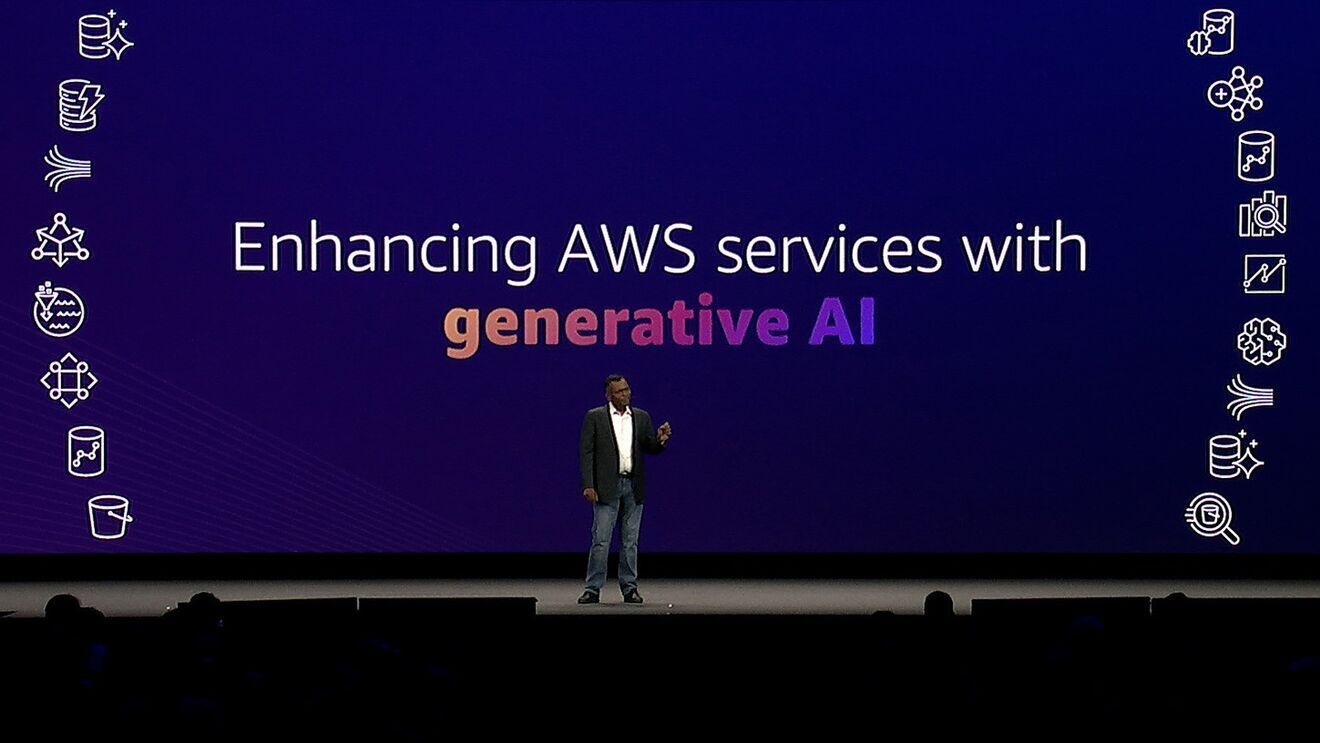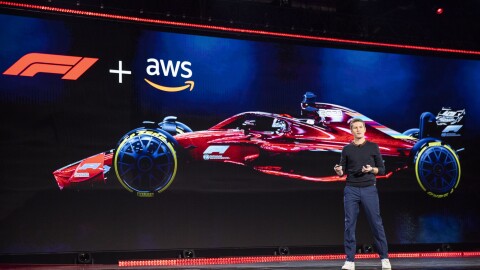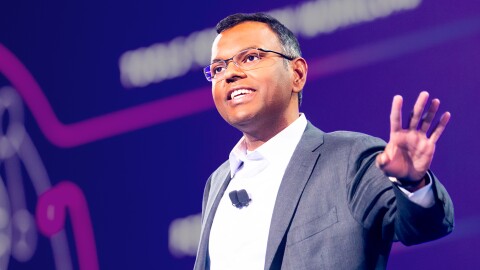“AI chatbots are what everyone thinks about when we talk about this new branch of machine learning (ML) known as generative AI, but there’s actually so many more applications of this technology,” explains Steve. “We’ve been using ML for over 20 years at Amazon, from the first book recommendations on our website through to path optimisation for robotic picking in our fulfilment centres, supply chain forecasting, Alexa, and the computer vision technology in Amazon Go – our retail experience that lets consumers select items off a shelf and leave the store without having to physically check out.”
Generative AI is a subset of ML that can create new content and ideas, including conversations, stories, images, videos and music. It is powered by ultra-large ML models, also known as ‘foundation models’ (FMs), including large language models (LLMs) and multi-modal models (for example text, images, video, and audio). Examples of FMs include Llama 2 which was created for language-based tasks, and Stable Diffusion, which can generate images from text prompts. FMs have captured global attention in the last few months, and not without reason.
When working with FMs, you may need multiple different types during a project, and extensive ML training, raising the entry requirements for businesses to innovate with AI. However, Amazon Bedrock – a brand-new, fully managed service from AWS – allows developers to build and scale generative AI applications quickly using pre-trained FMs via an application programming interface (API). Amazon Bedrock makes FMs accessible from Amazon, as well as leading AI startups such as AI21Labs, Anthropic, Cohere, and Stability AI. These models allow developers to easily select and train the AI tool for their task, such as text generation, images, audio, and synthetic data creation in response to prompts.
Here are three things you may not know about the Amazon Bedrock service, outlining what might be possible as generative AI becomes more widely accessible:














